|
In 1947, a World War II era freighter named The Diamond Knot was hauling 154,000 cases of canned salmon from Alaska through the Strait of Juan de Fuca. At night, in a dense fog, it was struck by the SS Fen Victory. The following morning, it sunk off Tongue Point near Crescent Bay. Within months most of its $4 million worth of treasured cargo was removed, re-canned and sold to local markets. The original 360-foot freighter, with much of its bent, twisted, mostly rusted and collapsed hull, remains to this day. Though many decades of deterioration have taken it’s toll. While resting in 130 feet of frigid salt water, as intense currents churn all around daily, and still leaks diesel. Much of the hollowed-out hull and super structure are visible. Watch my most recent video about diving on the Wreck of the Diamond Knot. Although this was my third dive trip on ‘The Knot’, it was my first in Spring and not summer. Also, only after one has completed a dive on the Diamond Knot, is one permitted to call it 'The Knot'. The likelihood of inclement weather looms, especially this year. The chances of encountering challenging waters and dangerous swells are greater this early in the season. Brisk changes to conditions at the surface, such as dense fog, are always present in the Strait. The very unpredictable and ever changing currents under the water, especially on the ship itself, are always present. Whereas the conditions for diving ‘The Knot’ can be nearly perfect, yesterday was not one of those days for sure. On both of my previous dive trips, the days were sunny and warm. The winds were calm and the water was smooth. Below, the currents were so mild they were barely noticeable. This allowed me to traverse almost the entire length of the ship with leisure. Visibility seemed to extend to well over 80 feet. Unfortunately, these were not the conditions I experienced yesterday, not even remotely. At the surface, this year’s unusually warm waters and currents appeared mostly calm. We encountered frequent modest swells. This was merely an illusion once in the water. Only a few feet below, the water was traveling at more than .75 knots, which was far too strong to swim against. The rope line to the structure, extending 100 feet, was the only path to locate the vessel. The current was extremely strong during the decent. Just 3 feet below the surface I was required to tightly grasp the rope and crawl hand over hand. I clutched my large camera under my arm. Gripping the rope line was quite a challenge, to say the very least. At one point, I seriously considered doing what I’ve never imagined…turning back and bagging the dive. After struggling for what seemed like forever down 65 feet, able to see only an ever-darkening sea of green, I finally reached the top of the wreck. I was able to set down, check for my buddy, check my dive and camera gear. I was unsure all my camera equipment was still with me. Clearly at this point, conditions were too precarious for venturing about the area, or for much photography. I opted to use the hull as a safety barrier from the extreme current and search for anything worth recording. The images within this report, while displaying a tiny part of the stunning life that is thriving here, do not and cannot tell the whole story. I’ve included some shots below from my previous dive trips to give readers more of an idea of what can be experienced when diving ‘The Knot’. Shots from 2013 & 2014
0 Comments
Since launching my website a few years ago, I’ve included a ‘Links’ page. This page has always contained information I felt was either interesting or beneficial to those using my website. For example, I’ve always listed websites providing ‘Tide, Currents and Weather’ information. That way if you’re heading out for a dive and need to learn what are the predicted conditions for a specific location, just click the link and obtain the desired information. Another very handy website which I use frequently is, ‘The Perfect Dive’. Although not updated nearly enough, when I’m searching for a dive site I’ve never visited, I click on that link. Or if I need to refresh my knowledge of a dive spot I’ve not been to in a few years, once again, I click the link and find the desired information. Rather than a long list of websites, I’ve tried to group them logically. If you’re wanting to learn about Octopuses, Orcas, or just about any other animal living in the Salish Sea, I’ve listed in the ‘Education & Research’ section links to some of my favorite websites. Likewise finding a few of my favorite Photographers, Equipment & Gear Resources, and Dive Charters are clearly accessible. Finally, a couple of my client’s websites are also listed. That section is expanding and I’ll be updating it throughout the year. If there are any legitimate websites with relevant information that anyone like to petition for its inclusion on this page, please let me know. A few new 2017 Images |
AuthorDrew Collins professional underwater photographer and environmentalist living and diving primarily in the beautiful Emerald green waters of Puget Sound near Seattle, Washington. Categories |
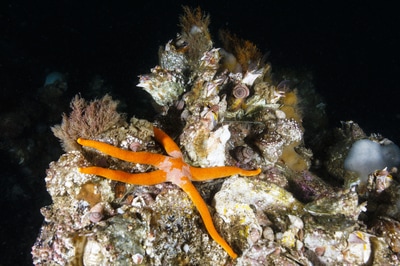
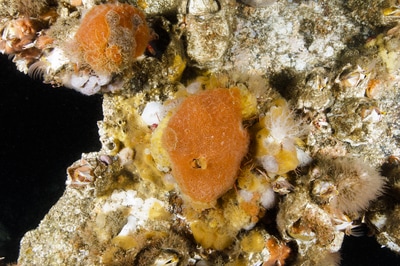
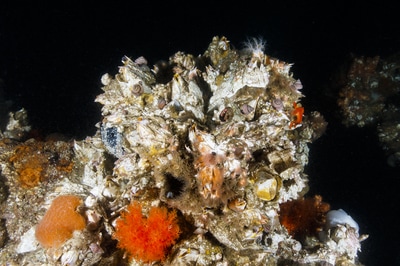
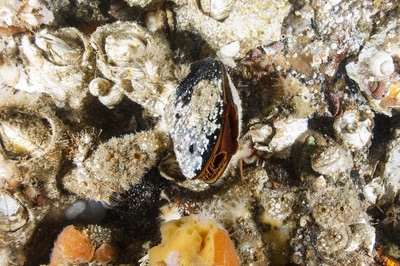
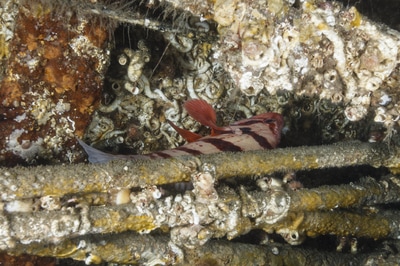
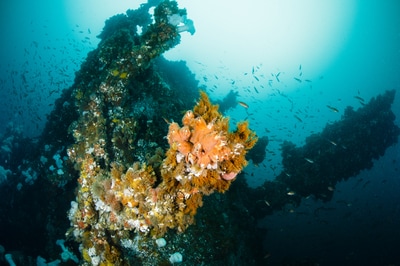
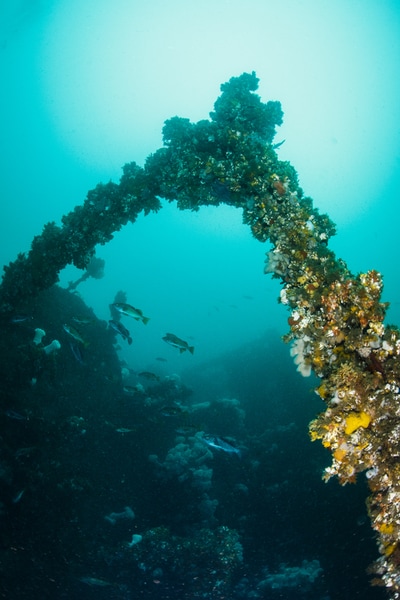
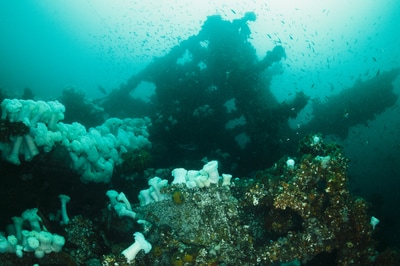
 RSS Feed
RSS Feed